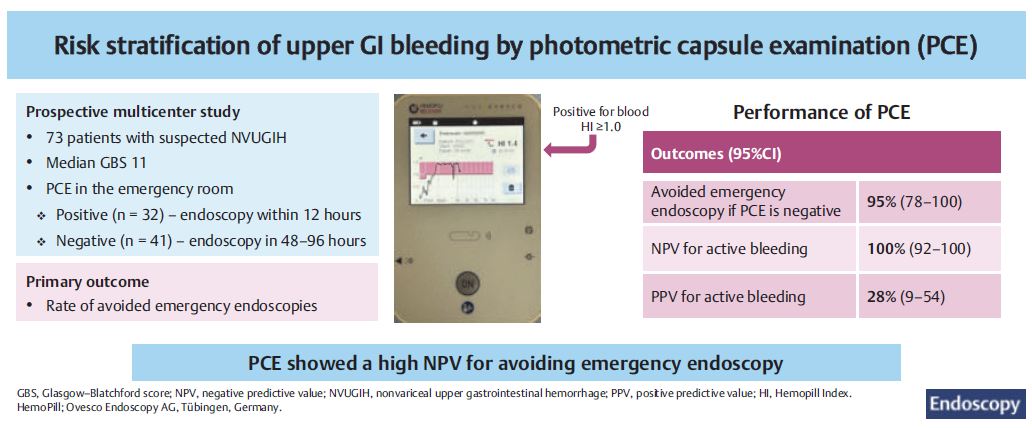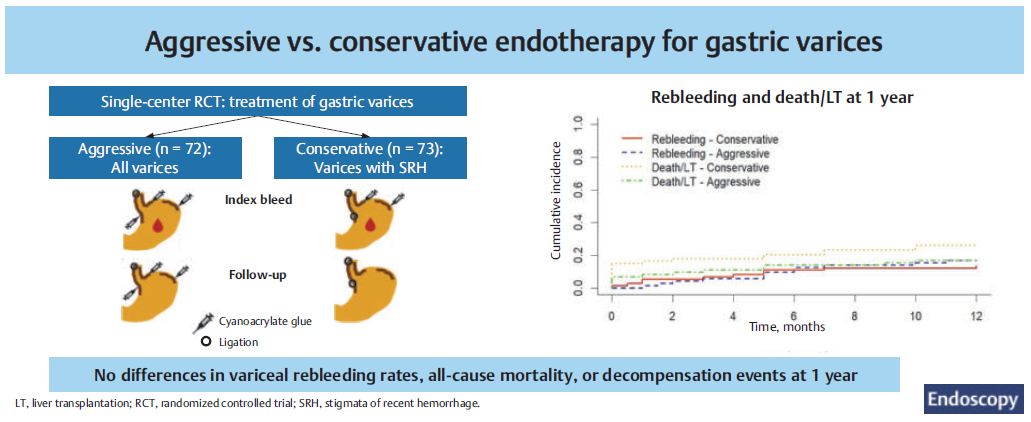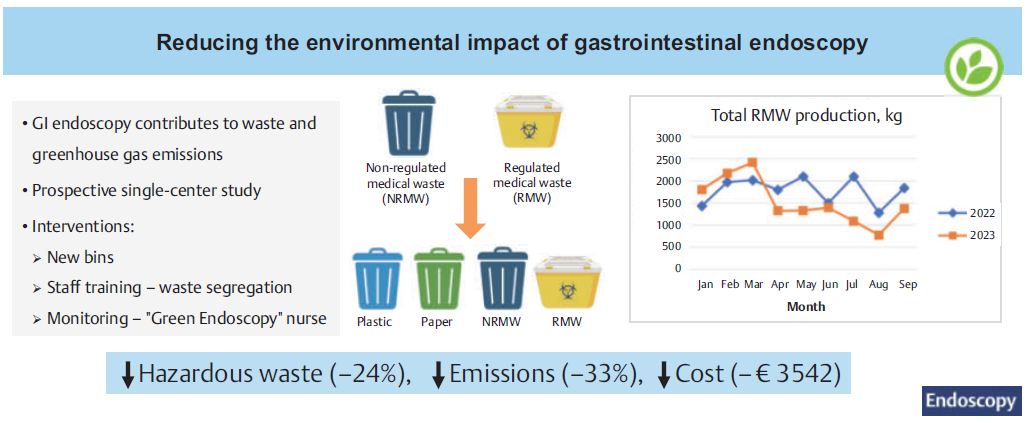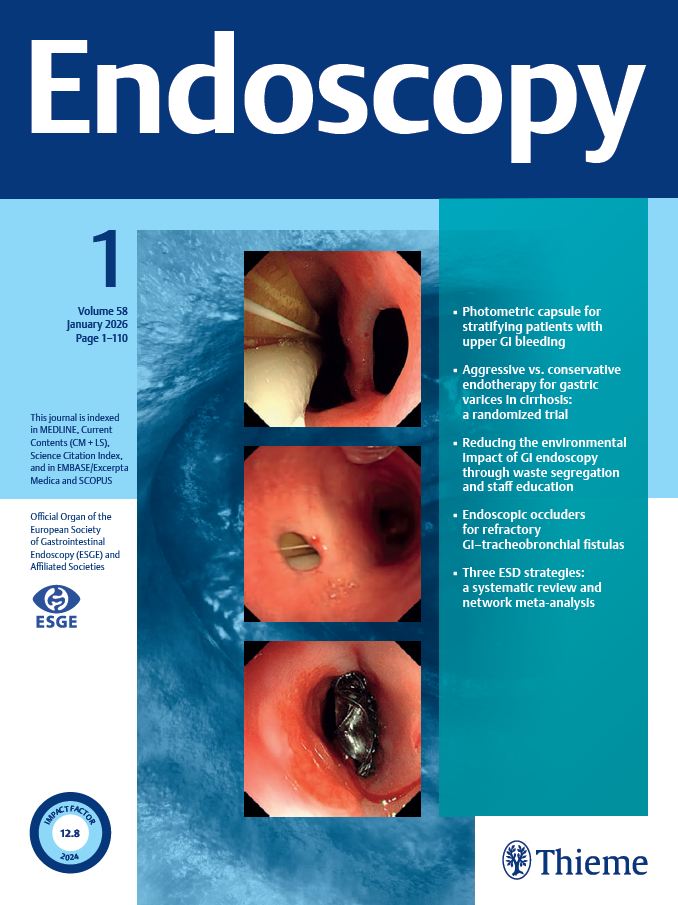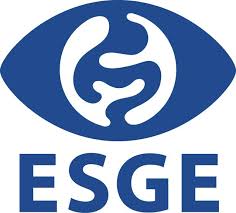- Full Text
- HTML
- PDF (Size: 160)
Current Issue: January 2026
Editor's Choice
This month's highlight articles
Table of Contents
Original article
Original article
Editorial
Original article
Original article
Original article
Original article
Original article
Innovations and brief communications
Systematic review
Editorial
Position Statement
E-Videos
Letter to the editor
In this issue
Newsletter
Don't want to miss important information?
Sign up for your monthly Endoscopy-Newsletter: Our Editorial Team offers insight in what's new and important.

